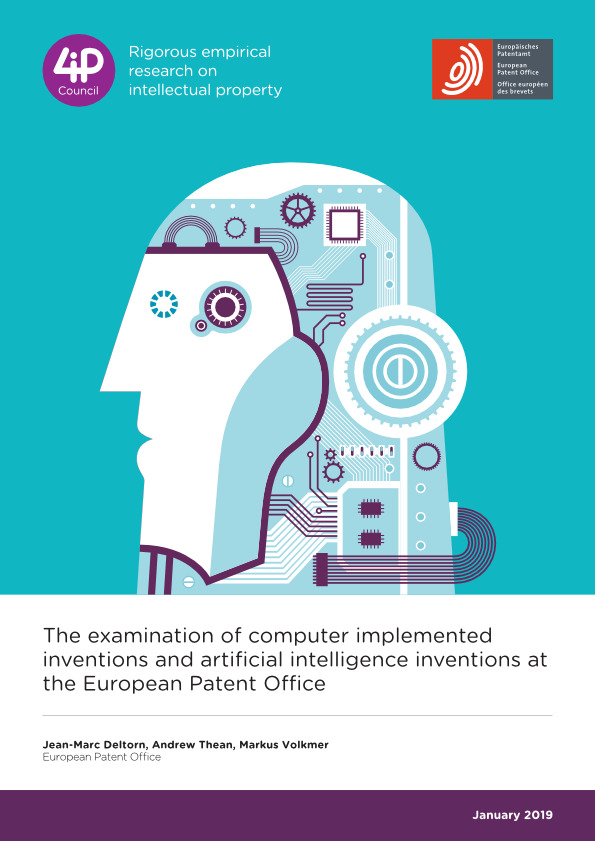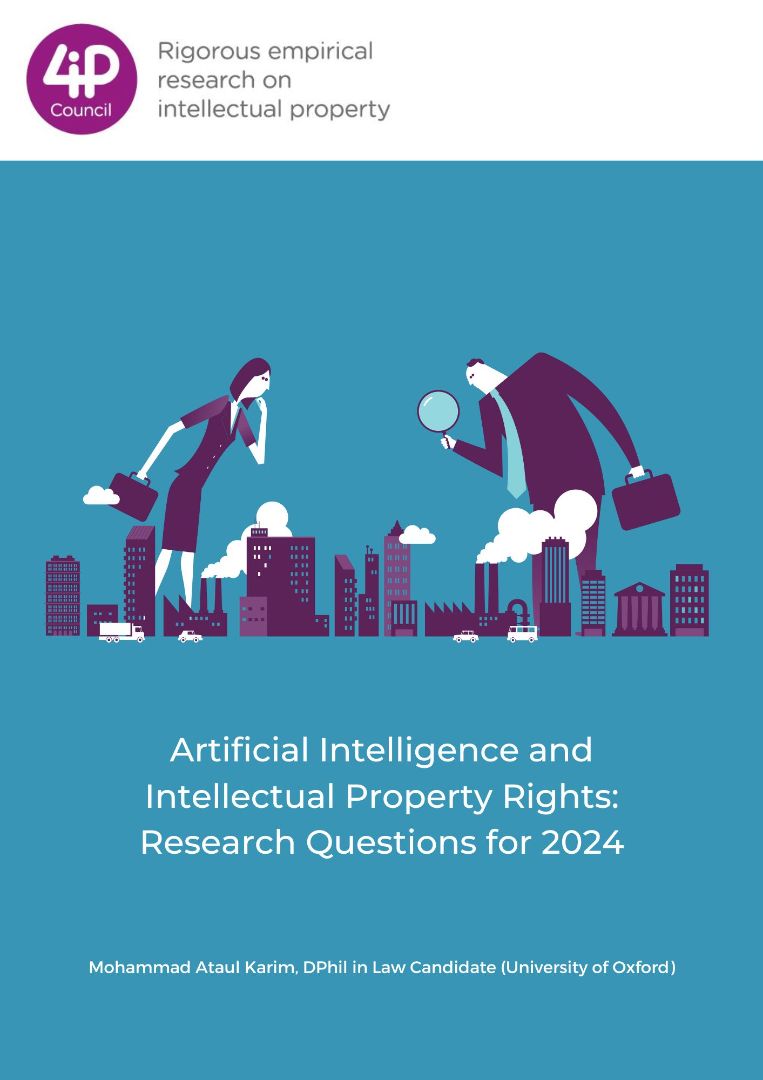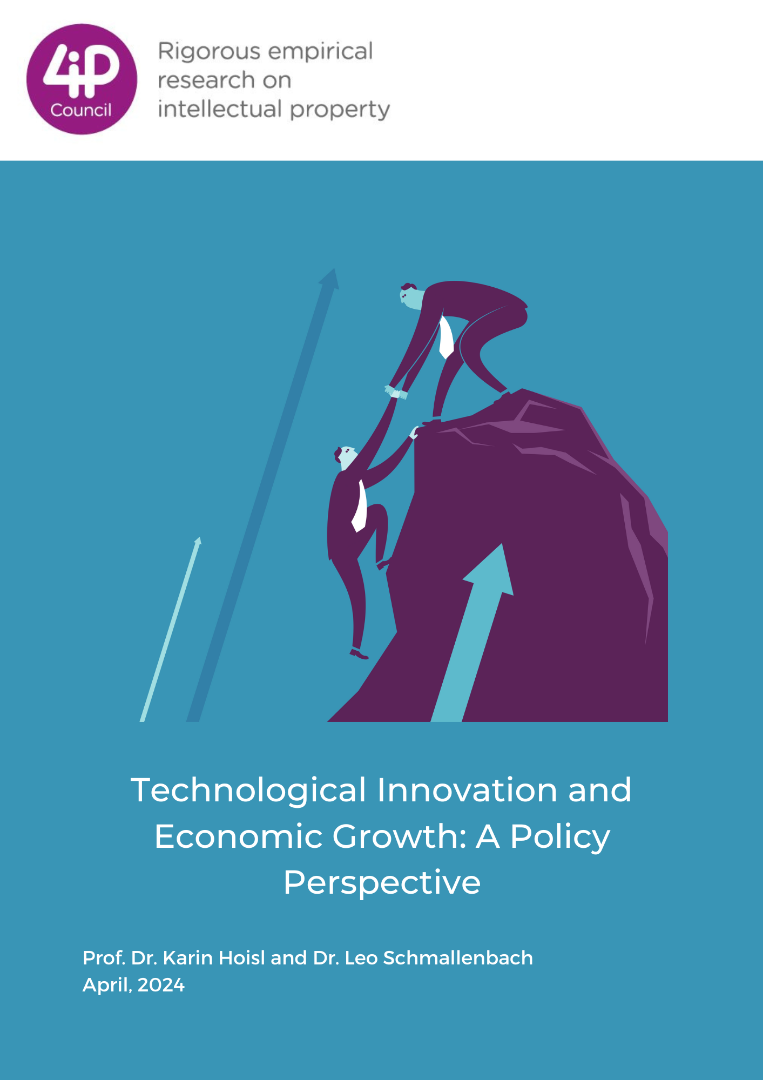Executive summary
Computer-implemented inventions and applications of artificial intelligence have become an important part of the current innovation landscape. This trend is demonstrated by a significant increase in patents filings in a variety of technical areas, from self-driving vehicles to applications supporting the fourth industrial revolution.
The EPO, as the patent granting authority for the contracting states to the EPC, has developed, over time and in line with the case law of the Boards of Appeal, a stable practice regarding the patentability of computer-implemented inventions. This practice now also applies to applications in the field of artificial intelligence, where it offers a stable platform on which applicants and practitioners can secure patent protection for AI inventions at the EPO, with predictable outcomes. The latest edition of the Guidelines for Examination, which entered in force on November 1st 2018, provides specific guidance about the patentability of artificial intelligence at the EPO.
Computer-implemented inventions as a driver of industrial innovation
The digital revolution has spawned a plethora of interconnected devices that generate and share digital data. Whereas the resulting torrents of information easily overwhelm humans, they are essential for training AI systems to generalise patterns, synthesise new connections and interpret new input. By the same token, as data repositories grow, AI systems become indispensable for organising and interrogating them. This has led to a new generation of artificial intelligence (AI) tools that are at the heart of an increasing number of products and services. Problems that were once intractable are being solved by a combination of machine learning, big data and computing power. Cars now drive themselves. Computers are beginning to recognise speech and classify images more accurately than their human creators, and robot scientists have begun to autonomously discover new drugs and new materials.1 Software engineers have out-grown their cubicles, become bored of automating routine physical tasks, and are busy building networks of imaginative machines that will automate complex intellectual activities and transform society.
Access to big data, progress in machine learning and improvements in computing hardware are invigorating research and commercial interest in software. Developments in software production and services accounted for a large fraction of the total value added in the Information and Communications Technology (ICT) sector in recent years and patent filings at the European Patent Office (EPO) reflect the growing importance of Computer-Implemented Inventions (CII) in fields beyond ICT.






